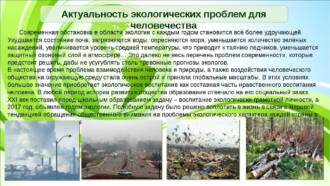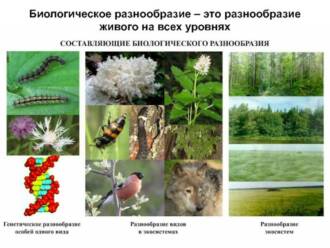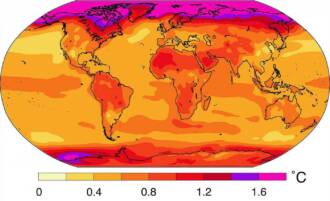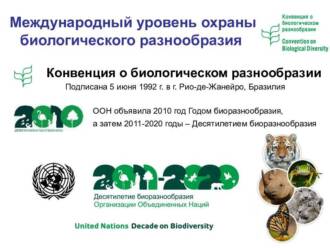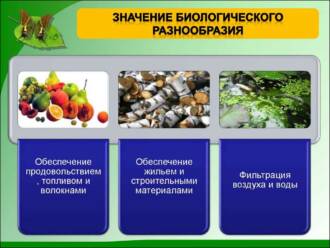
Butterflies are one of the most diverse and beautiful insects on the planet. They occupy an important place in biodiversity and the ecosystem, and also serve as indicators of the state of the environment. Due to their sensitivity to changes in the ecosystem, they reflect the state of the environment and can serve as an important tool in monitoring the ecological state.
Butterflies are good indicators of biodiversity, since their species diversity and distribution directly depend on the state of the ecosystem. They are sensitive to changes in the quality and quantity of vegetation, the presence of pesticides and air pollutants, and changes in climatic conditions. Therefore, the study of butterflies allows you to get information about the state of the environment and its changes.
Butterfly monitoring is of great importance for determining the state of the environment and taking measures to conserve it. Conducting research on species diversity and distribution of butterflies allows you to determine the level of air and water pollution, the presence of pesticides and other harmful substances. Also, data on butterflies can be used to determine the state of the ecosystem and its resilience to change.
In conclusion, butterflies are important indicators of environmental health and can serve as a valuable tool in ecosystem monitoring. Their species diversity and distribution reflect the state of the ecosystem and provide information on air and water pollution, the presence of pesticides and other harmful substances. Therefore, the study of butterflies is of great importance for the conservation of biodiversity and environmental sustainability.
Butterflies and their role in biodiversity
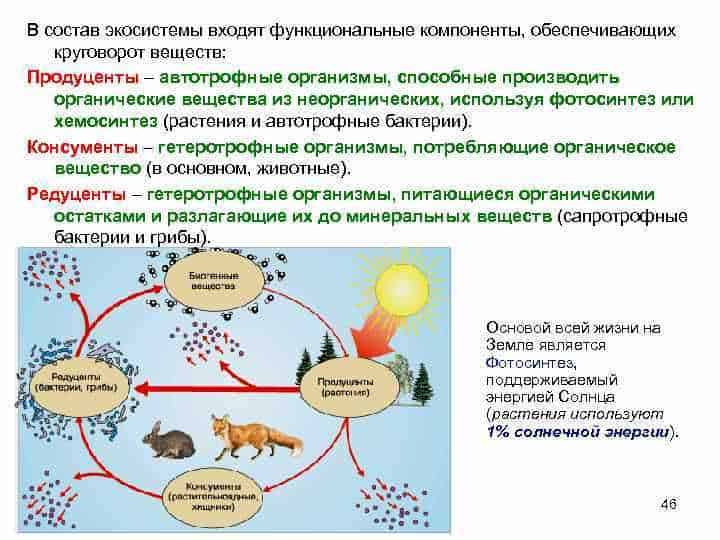
Butterflies are an important component of our planet's biodiversity. They play a key role in plant pollination and are involved in the nutrition cycle of many living organisms. Butterflies also serve as environmental health indicators and ecosystem monitors.
Due to their diversity, butterflies are able to pollinate many plant species, which affects their reproduction and conservation. They carry pollen from one flower to another, facilitating the pollination process and providing plant diversity in the ecosystem.
Butterflies are also food for many other living things such as birds, frogs, and insectivores. They occupy an important place in the food chain and maintain a balance in the ecosystem. Their absence or reduction in numbers can lead to disruption of the food chain and adversely affect biodiversity.
Butterflies are also indicators of the state of the environment. Changes in the abundance or species composition of butterflies can indicate changes in an ecosystem and its health. For example, a decrease in the number of butterflies may be due to air pollution or the loss of natural habitats.
In general, butterflies play an important role in maintaining biodiversity and ecosystem stability. They pollinate plants, serve as a food source for other living beings, and are indicators of the state of the environment. Therefore, the protection and conservation of butterflies is of great importance for maintaining the health and sustainability of our planet.
Butterflies as ecosystem indicators

Butterflies are important indicators of the state of the environment and can be used to monitor ecosystems. They are sensitive to changes in vegetation quality and quantity, droughts, air pollution and pesticide use. Butterflies have a short life cycle and high reproductive capacity, allowing them to quickly respond to changes in their environment.
There is a wide variety of butterfly species, each of which has its own characteristics and prefers certain habitat conditions. For example, some species of butterflies prefer open, sunny locations, while others prefer forested areas. Changes in the composition of butterfly species can indicate changes in an ecosystem and its biodiversity.
Research shows that the level of butterfly biodiversity can serve as an indicator of the health of an ecosystem. If the number and diversity of butterfly species are declining, it may be indicative of disturbances in the ecosystem such as habitat loss, water pollution, or the use of pesticides. By monitoring butterfly populations, we can gain information about the state of the environment and take action to protect and restore it.
Butterflies also play an important role in plant pollination. They carry pollen from one flower to another, contributing to the formation of fruits and seeds. If there are fewer butterflies, this can lead to a decrease in plant fertility and worse conditions for other organisms in the ecosystem.
Thus, butterflies are important ecosystem indicators that help us understand the state of the environment and take the necessary measures to conserve it. Monitoring butterfly populations and their biodiversity helps us monitor changes in the ecosystem and predict potential problems related to pollution and climate change.
Butterflies and their role in environmental monitoring
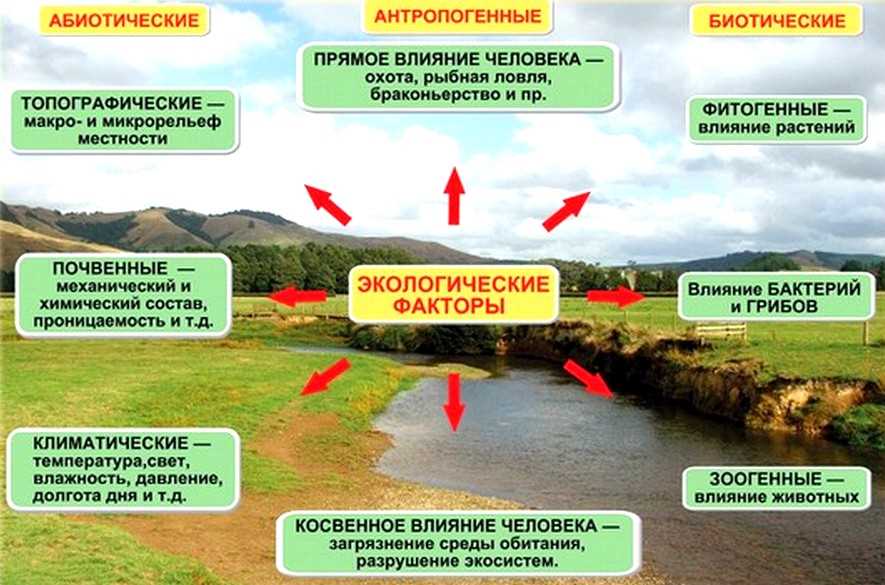
Butterflies are important indicators of environmental health and can serve as a valuable tool for ecosystem monitoring. They respond to climate change, air pollution, pesticide use and loss of natural habitats. The study of butterfly populations allows obtaining information about the state of the environment and assessing its quality.
Biodiversity indicators
Butterflies are one of the most diverse groups of insects and are considered indicators of biological diversity. Their diversity reflects the state of the ecosystem and can serve as an indicator of its health. If butterfly populations decline or disappear, it can signal an imbalance in the ecosystem and possible problems with other animal and plant species.
Environmental pollution monitoring
Butterflies can also be used to monitor environmental pollution. They absorb toxic substances from the air and plants, which can lead to changes in their behavior and physiology. Observation of butterfly populations and analysis of their tissues can help identify and measure the level of environmental pollution and its impact on living organisms.
Climate change monitoring
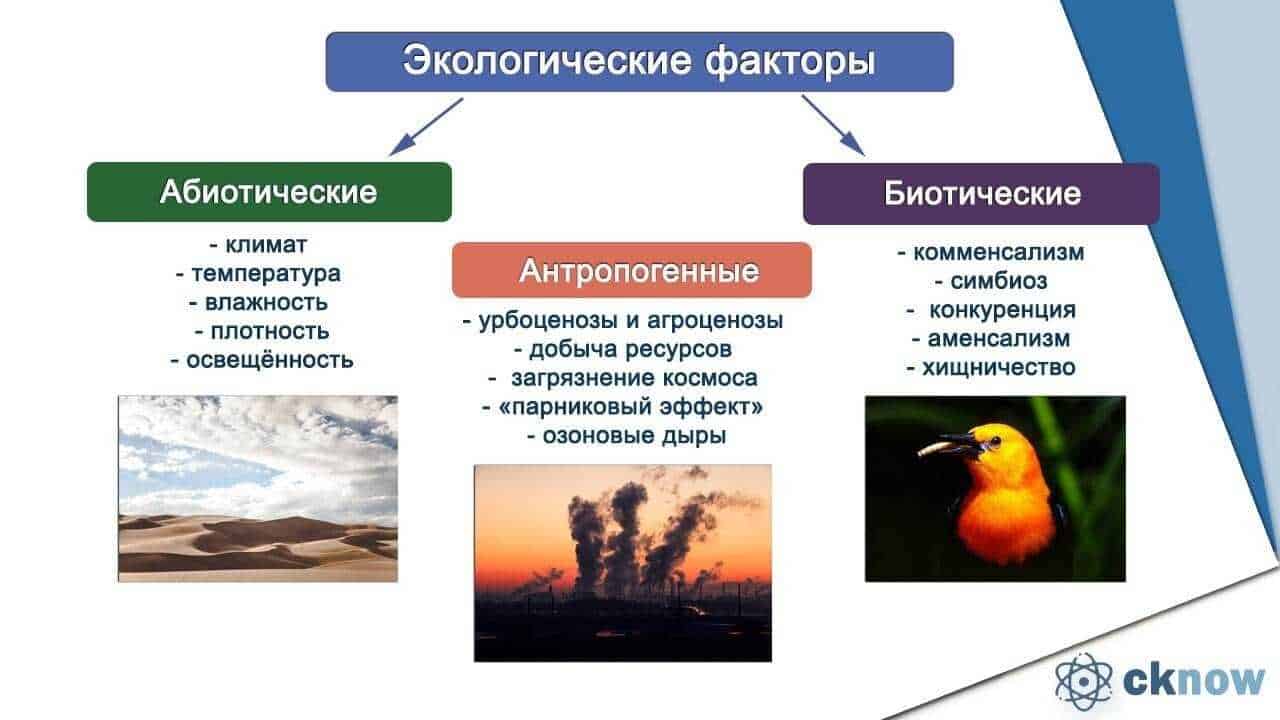
Butterflies also respond to climate change and can serve as indicators of global warming. Changes in temperature and precipitation can affect the development and migration of butterflies. Studying butterfly populations and their behavior can help scientists understand the effects of climate change on biodiversity and ecosystem functioning.
In general, butterflies represent an important tool for environmental monitoring. The study of their populations, behavior and physiology provides information on the state of the ecosystem, biodiversity, pollution and climate change. Therefore, the protection of butterflies and their habitats is an important task to preserve the natural environment and maintain a balance in the ecosystem.
Butterflies and biodiversity in the ecosystem
Butterflies play an important role in maintaining biodiversity in an ecosystem. They are one of the most numerous and diverse groups of insects, present in many species and varieties. Due to their adaptability and wide distribution, butterflies make a significant contribution to ecosystem processes and cycles.
Butterflies perform important functions in the food chain. As food for many birds, mammals and other predators, they are a valuable food source. In addition, butterflies also act as pollinators, carrying pollen from one plant to another and promoting plant reproduction.
Butterflies are also indicators of the state of the environment. Because of their sensitivity to changes in the ecosystem, food composition and climatic conditions, butterflies serve as an excellent indicator of the state of biodiversity. By monitoring the abundance and species composition of butterflies, ecologists and scientists can assess the impact of human activities on natural communities and take measures to conserve and restore them.
Butterflies can also be used in ecosystem monitoring and assessment. Studying the diversity of butterflies and their distribution can help determine the impact of various factors such as pollution, habitat change, and climate change on the health of an ecosystem. This makes it possible to predict and prevent negative consequences for biodiversity and take measures to conserve it.
Influence of butterflies on plant distribution
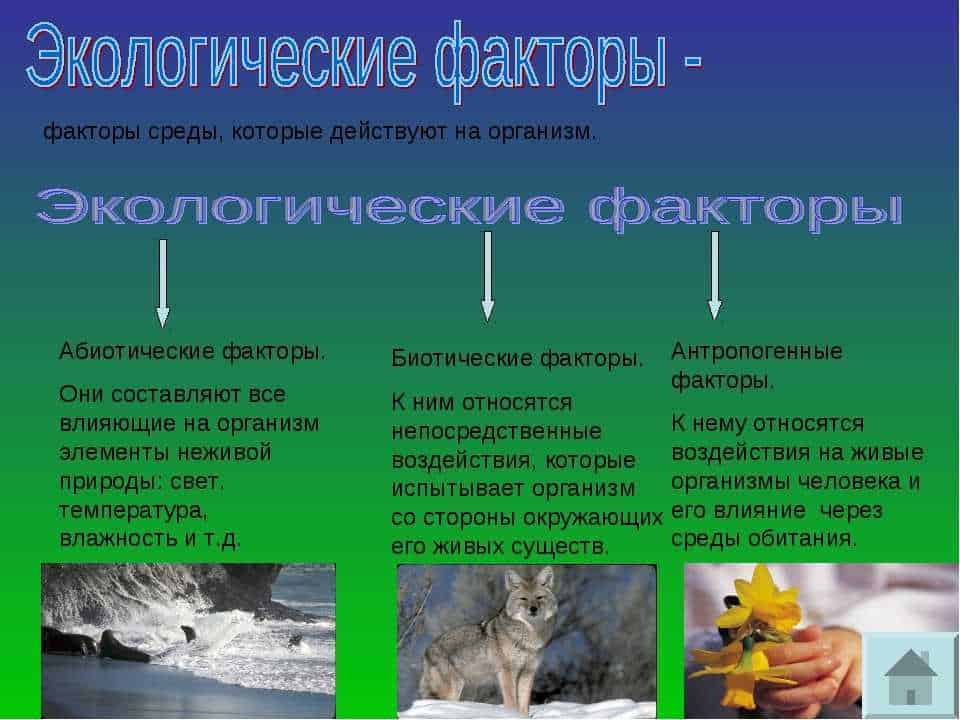
Butterflies play an important role in plant dispersal as they are one of the main pollinators of flowering plants. They carry pollen from one flower to another, ensuring the process of pollination and the subsequent formation of seeds and fruits. Thus, butterflies contribute to the reproduction of plants and the maintenance of their populations.
However, not all butterflies are equally effective at pollinating plants. Some species of butterflies have long proboscises, which allow them to reach deep-seated flowers and obtain nectar from them. Such butterflies, such as those of the Scoop or Pied families, are important pollinators for plants with a long flower tube, such as violets or wild roses.
Butterflies also promote plant dispersal through their interaction with plant structures. Some butterflies lay their eggs on the leaves or stems of plants where their caterpillars will feed. While feeding, the caterpillars can damage the plant, but this also stimulates the growth of new shoots and leaves, which helps the plant to spread.
Butterflies also play a role in the dispersal of plant seeds, especially in the case of plants in which seeds have special adaptations for dispersal by wind or sticky filaments. When butterflies collect nectar or visit flowers, seeds may stick to them, which they then transfer to other flowers or places. Thus, butterflies can contribute to the further spread of plants and increase their range.
The role of butterflies in maintaining ecological balance

Butterflies are important participants in the ecosystem and play a significant role in maintaining the ecological balance. They perform several key functions that contribute to the health and productivity of the environment.
Pollination of plants: Butterflies are important pollinators for many plant species. They carry pollen from one flower to another, which contributes to the process of pollination and ensures the reproduction of plants. Without the participation of butterflies, many plants will not be able to pollinate and produce seeds, which will lead to a decrease in their population and a threat to biodiversity.
Seed spread: Butterflies also play an important role in the dispersal of plant seeds. After feeding on the nectar of the flowers, they often carry the seeds on their body or paws and take them to other places. This helps plants to spread and colonize new territories, which contributes to the strengthening of the ecosystem and the conservation of biodiversity.
Insect control: Some species of butterflies are predators of other insects, including crop pests. They feed on caterpillars and insect eggs, helping to control their numbers and prevent pests from breeding. Thus, butterflies play an important role in the fight against harmful insects and maintaining the ecological balance in agriculture and nature in general.
Environmental indicators: Butterflies can serve as indicators of the state of the environment and ecosystem. Changes in butterfly population and diversity may indicate changes in habitat quality and condition. For example, a decrease in the number of butterflies may indicate air pollution or the use of harmful pesticides. Therefore, monitoring butterfly populations can be an important tool to assess the health and stability of an ecosystem.
In general, butterflies play an indispensable role in maintaining ecological balance. They provide pollination to plants, aid in seed dispersal, control pests, and serve as indicators of environmental health. Therefore, the protection and conservation of butterflies and their habitats are important tasks for maintaining biodiversity and the health of the ecosystem.
Butterflies and their importance in dust pollination

Butterflies play an important role in dust pollination of plants. Unlike bees, which prefer flowering plants, butterflies actively visit flowers for both nectar feeding and reproduction. At the same time, they transfer pollen from one flower to another, contributing to the pollination of plants.
Butterflies are effective pollinators because:
- they have long proboscises allowing them to reach nectar in deep flowers;
- their body is covered with tiny hairs that hold pollen;
- they are able to fly long distances, which allows them to carry pollen to different places and provide plant diversity.
Due to the activity of butterflies in dust pollination, plants can produce seeds and fruits, which is important for biodiversity conservation and ecosystem maintenance. They also contribute to the conservation of certain plant species that depend on pollination by butterflies.
However, butterflies are currently facing various threats such as habitat loss, pesticide use and climate change. Therefore, it is important to monitor butterfly populations and take measures to conserve their habitats to ensure their participation in dust pollination and the conservation of biodiversity.
Butterflies and their role in the food chain

Butterflies play an important role in the food chain as they are a source of food for many other animals. They are an excellent example of an intermediate link in the food pyramid, linking flora and fauna.
Butterfly larvae feed on plants, making them important links in the food pyramid. They can eat leaves, fruits or flowers of plants. The larvae may also feed on other insects or even carrion.
When a butterfly larva turns into a chrysalis, it becomes inaccessible to predators, allowing it to safely transform into an adult butterfly. Adult butterflies feed on the nectar of flowers, making them important plant pollinators. They carry pollen from one flower to another, promoting plant reproduction and diversity.
Butterflies are also a food source for many birds, lizards, frogs and other predators. They provide a rich source of energy and nutrients necessary for the survival and development of these animals. Thus, butterflies play an important role in maintaining biodiversity and balance in the ecosystem.
In general, butterflies are an integral part of the food pyramid and ecosystem. They link flora and fauna, providing food for other animals and promoting plant reproduction. Therefore, their conservation and protection are essential for biodiversity and environmental stability.
Butterflies and their interactions with other organisms
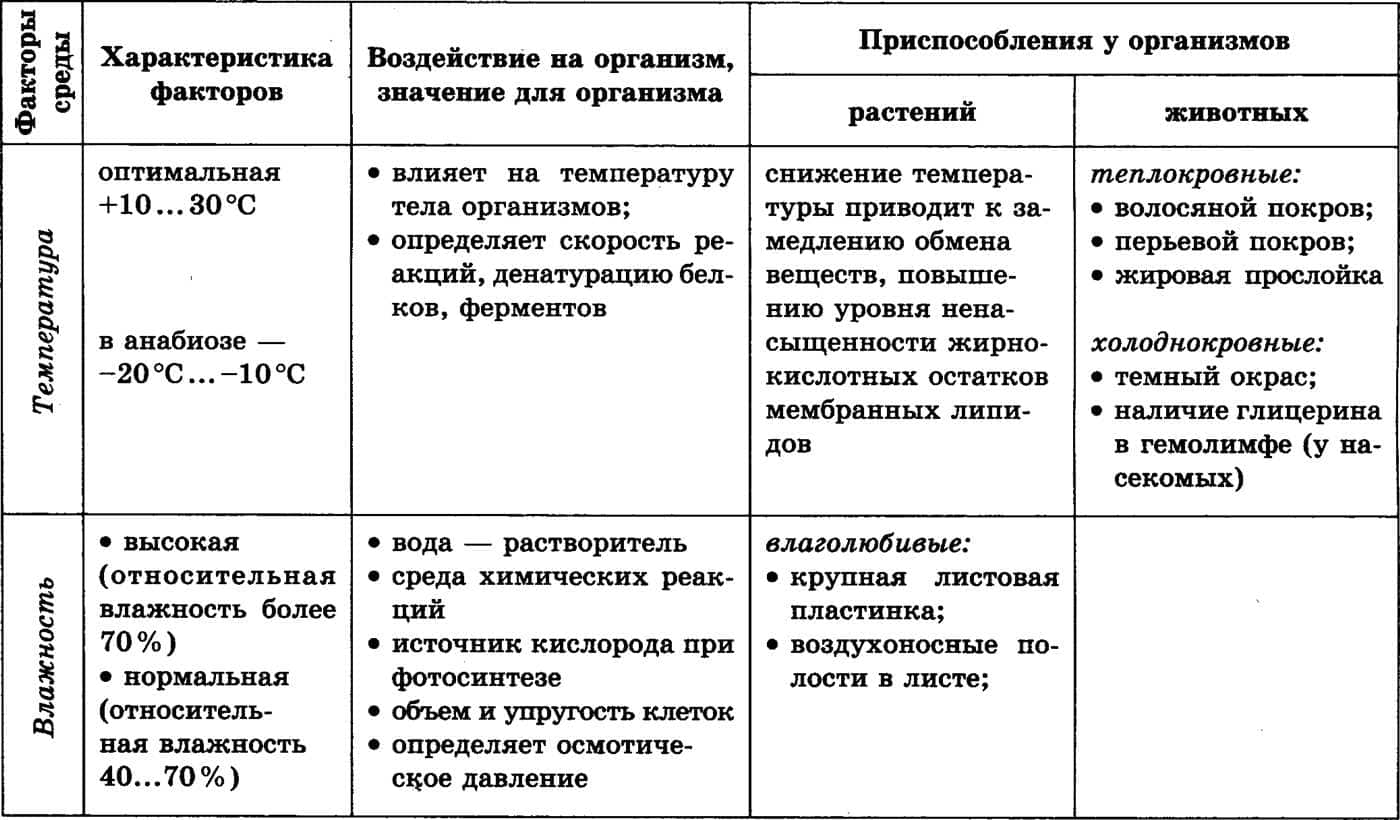
Butterflies play an important role in the ecosystem by interacting with other organisms. They are food for many animals, including birds, frogs, lizards, and mammals. Thus, butterflies are links in the food chain, maintaining the balance in nature.
Some species of butterflies produce poisonous substances that protect them from predators. These poisonous substances can also be used by other organisms as a defense against predators. For example, frogs can consume poisonous butterflies and use their venom in their defense mechanisms.
Butterflies also play an important role in plant pollination. They carry pollen from one flower to another, helping plants reproduce. Many flowers, in turn, develop and evolve in response to interactions with butterflies and other pollinators. This interaction contributes to the diversity of plants and the maintenance of biological balance in the ecosystem.
Butterflies also serve as food for some types of parasitic insects such as wasps and wasps. These parasites use butterflies as hosts for their reproduction. This interaction may be negative for butterflies, but it is also part of the natural cycle of life in nature.
In general, butterflies play an important role in the ecosystem by interacting with other organisms. Their presence or absence can serve as an indicator of the state of the environment and biodiversity. Therefore, the study of butterflies and their interaction with other organisms helps us to better understand and protect the nature and ecosystems in which we live.
Contribution of butterflies to biodiversity conservation
Butterflies, being important components of the ecosystem, make a significant contribution to the conservation of biodiversity. They are one of the main pollinators of plants, contributing to their reproduction and diversity. Moreover, butterflies also serve as food for many predatory animals such as birds, frogs and insectivorous mammals.
Pollination of plants. Butterflies play a key role in the pollination of many plant species. When visiting flowers to feed on nectar, butterflies accidentally transfer pollen from one flower to another, facilitating pollination and allowing plants to reproduce. This is especially important for flowering plants, which depend on pollination for their reproduction and population maintenance.
Environmental indicator. Butterflies also serve as indicators of the state of the environment. Changes in butterfly populations and species diversity may indicate changes in the ecosystem, including changes in the quality and availability of food resources, exposure to pesticides, or changing climatic conditions. Monitoring butterfly populations allows you to assess the state of the environment and take measures to preserve it.
Importance in the food chain. Butterflies are an important link in the food chain. They serve as food for many predatory animals, including birds, frogs, and insectivorous mammals. The consumption of butterflies by predators contributes to the maintenance of balance in natural communities and ensures biodiversity.
In general, the contribution of butterflies to biodiversity conservation is highly valued for their role in plant pollination, use as indicators of environmental health, and importance in the food chain. They are an integral part of the ecosystem and play an important role in maintaining the balance of nature.


